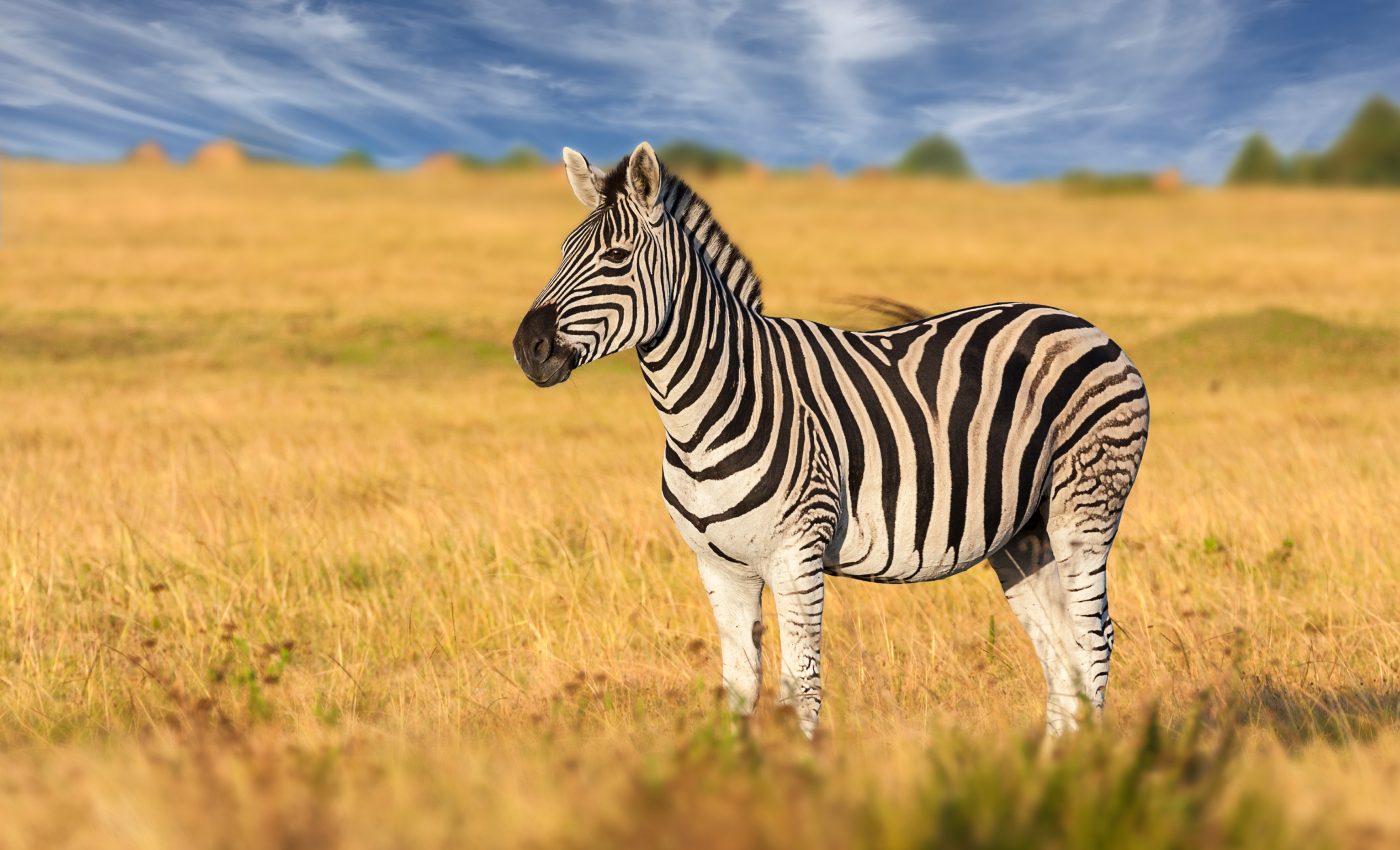
Why the zebra got its stripes: to dazzle horseflies
Why do zebras have their iconic black and white stripes? After more than a decade of research, experts at the University of Bristol are still working to prove that zebra stripes emerged as a defense mechanism against parasitic flies.
“Not only do these exciting studies bring us closer to understanding one of the world’s most iconic and photogenic species, they will be of great interest to farmers attempting to reduce the damage caused by fly bites and even general horse-wear companies,” said study co-senior author Professor Caro.
There are many theories about the purpose of zebra stripes, ranging from their potential role in social interactions to the idea that they act as a camouflage that confuses large predators. But Professor Caro and his colleagues have examined and discredited many of these theories, and believe that the stripes evolved to help zebras evade biting flies that carry deadly diseases.
The researchers previously showed that when blood-sucking horseflies approached horses wearing striped rugs versus solid ones, they failed to slow down in time to land on the horses. The stripes were found to dazzle the flies, forcing them to collide with the skin or simply fly away.
In a new paper, the Bristol scientists have explored this concept even further by testing out an optical illusion known as the aperture effect.
“The aperture effect is a well-known optical illusion that, in human vision, is also known as the barber-pole effect,” said study lead author Dr. Martin How. “Moving stripes, such as those on the rotating barber-pole signs outside barbershops, appear to move at right angles to the stripe, rather than in their true direction, so the pole appears to move upwards, rather than around its axle.”
“We set out to see if this illusion also takes place in the eyes of biting flies as they come to land on striped hosts. As any fly approaches a landing surface, it will adjust its speed according to how quickly the surface expands across its vision, enabling a slowed and controlled landing.”
“Stripes however could disrupt this ‘optic flow’ through the aperture effect, leading the fly to believe the landing surface is further away than reality. Thus, the fly fails to slow down or land successfully.”
For the current investigation, the team observed horsefly behavior among horses wearing gray coats, striped coats, and checkered rugs.
Since the checkered pattern provides the flies with visual input that is free from the aperture effect, it would seem that the flies could land on checkered coats without difficulty.
However, the flies were just as confused by the checkered patterns as they were by the striped ones and hardly landed on these types of rugs at all.
If other patterns beside stripes can deter horseflies, this means that the aperture effect is not the mechanism that links zebra stripes and fly confusion.
Regardless, the strongest theory of why zebra stripes emerged is for protection from horseflies.
“Horseflies in Africa carry diseases that are lethal to members of the horse family – the equidae. The pressures on not being bitten by these flies are therefore very strong,” Professor Caro told CNN.
“Evolution will fine tune the coat patterning to what is most effective in stopping flies landing – given developmental constraints of how patterns develop in utero. Our research and that of colleagues show that stripes do this job very well.”
The study is published in the journal Proceedings of the Royal Society B.
–—
By Chrissy Sexton, Earth.com Staff Writer













